
Does Europe lack a financial market for photonics?
source:EURACTIV
Time:2020-03-31
The photonics industry is an emerging but already consolidating market, with more than 100 acquisitions per year.
Carlos Lee is Director-General of the European Photonics Industry Consortium (EPIC).
The industry itself is 99% hardware based, and the life-cycle for product development is typically longer than for software products. While investors should bear this in mind with regards to their expectations, the benefits of entering the photonics marketplace can be far-reaching, for a technology that impacts so much of our everyday lives.
In 2019, TRUMPF, a German family-owned industrial machine manufacturer with 14,500 employees and €3.8 billion annual revenue, acquired the laser division of Philips. Laser diodes are used, for example, in smartphones, in digital data transmission, and in sensors for autonomous driving.
Gimv, a €1 billion investment fund, acquired majority stake in Laser 2000, a leading European supplier of innovative laser and photonics solutions serving renowned companies and research institutes in the fields of automation and sensor technology, optical communications and network technologies, biotech and medicine, automotive and aerospace.
SCHOTT, established in 1884, is a leading international technology group in the areas of specialty glass and glass-ceramics. Schott acquired Primoceler from Finland, a pioneering laser glass micro bonding specialist, enabling innovative hermetic packaging creating new possibilities for protection of sensitive electronics in automotive, aerospace, medical, and energy applications.
Most transactions are small, such as the Zeiss acquisition of Insight Ophthalmic Laser Engines for €19.1 million. But Austria’s ams acquired Heptagon for up to €845 million to become a worldwide leader in optical sensing.
State-owned investments funds have also taken a keen interest in photonics technologies, too. L-GAM, a long-term investment firm established in partnership with the Princely Family of Liechtenstein, invested a majority stake in French laser manufacturer Amplitude Laser Group.
Despite the broad investments and numerous acquisitions, there are only a handful of professional investors concentrated on the photonics market. And as a result, the bulk of financing needs to come from other sources such as private equity and venture capital, debt, public grants, and elsewhere.
Different stages of growth require different investors, and we need to reach out to stakeholders comprehensively from business angels for seed capital all the way to entities that can finance A, B, and C funding rounds. Would it be too farfetched to suggest that Europe lacks a financial market for photonics?
On the collaborative research side, the European Commission invested €540 million in Photonics Public Private Partnership projects in the period 2014-2019. But what one finds missing is a documented compelling story aimed towards “investors”.
For the European market to keep up with its main competitor in the field, China, we should look to mobilise the funding ecosystem for photonics to good effect: analysing trends ranging from the growth stages of companies to the ownership landscape for firms specialising in photonics tech. Investors should be made aware of return rates and exit timeframes, and some of the success stories that help to made Europe fertile ground for the future of photonics.
- RoboSense is to Produce the First Chinese Multi-beam LiDAR
- China is to Accelerate the Development of Laser Hardening Application
- Han’s Laser Buys Canadian Fiber Specialist CorActive
- SPI Lasers continues it expansion in China, appointing a dedicated Sales Director
- Laser Coating Removal Robot for Aircraft
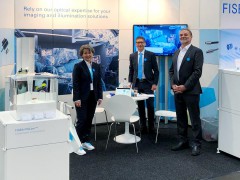 FISBA exhibits Customized Solutions for Minimally Invasive Medical Endoscopic Devices at COMPAMED in
FISBA exhibits Customized Solutions for Minimally Invasive Medical Endoscopic Devices at COMPAMED in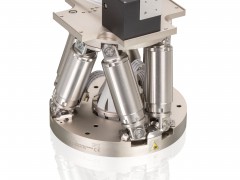 New Active Alignment System for the Coupling of Photonic Structures to Fiber Arrays
New Active Alignment System for the Coupling of Photonic Structures to Fiber Arrays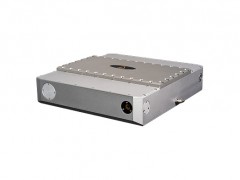 A new industrial compression module by Amplitude
A new industrial compression module by Amplitude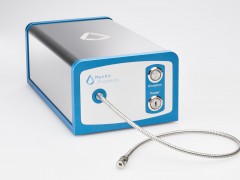 Menhir Photonics Introduces the MENHIR-1550 The Industry's First Turnkey Femtosecond Laser of
Menhir Photonics Introduces the MENHIR-1550 The Industry's First Turnkey Femtosecond Laser of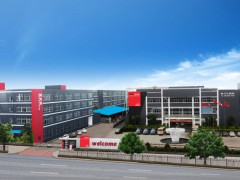 Shenzhen DNE Laser introduced new generation D-FAST cutting machine (12000 W)
more>>
Shenzhen DNE Laser introduced new generation D-FAST cutting machine (12000 W)
more>>
